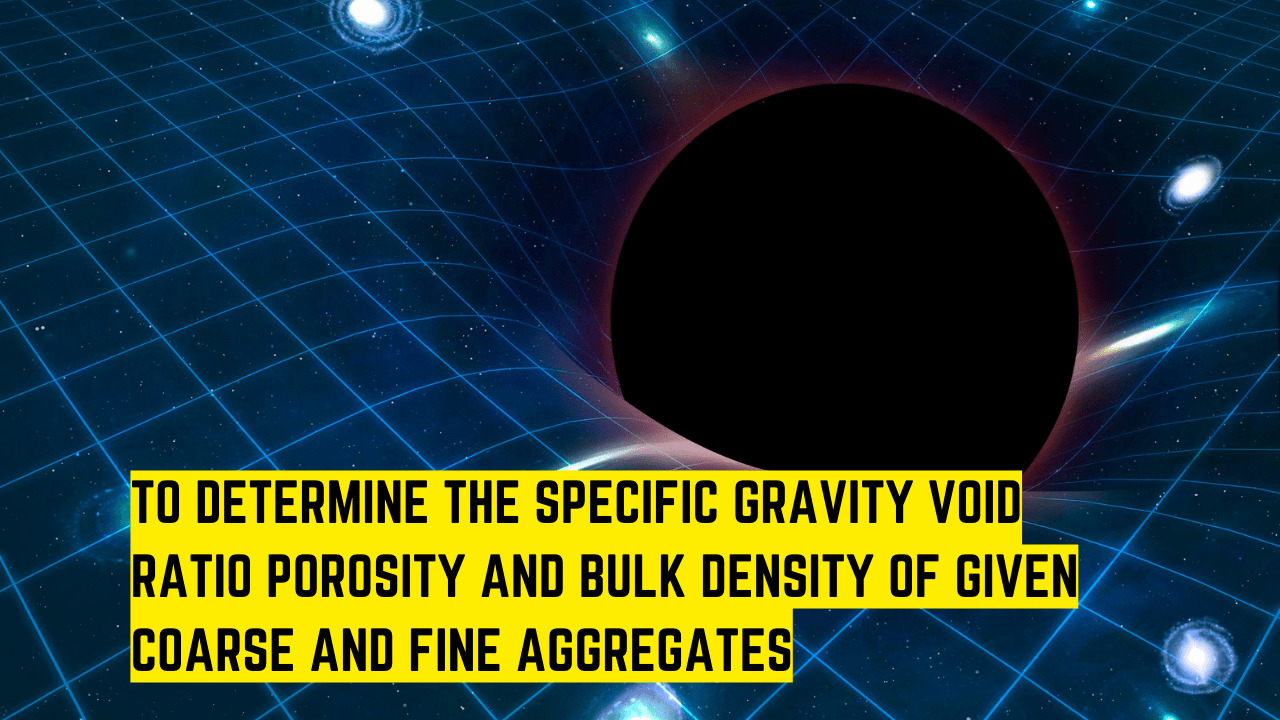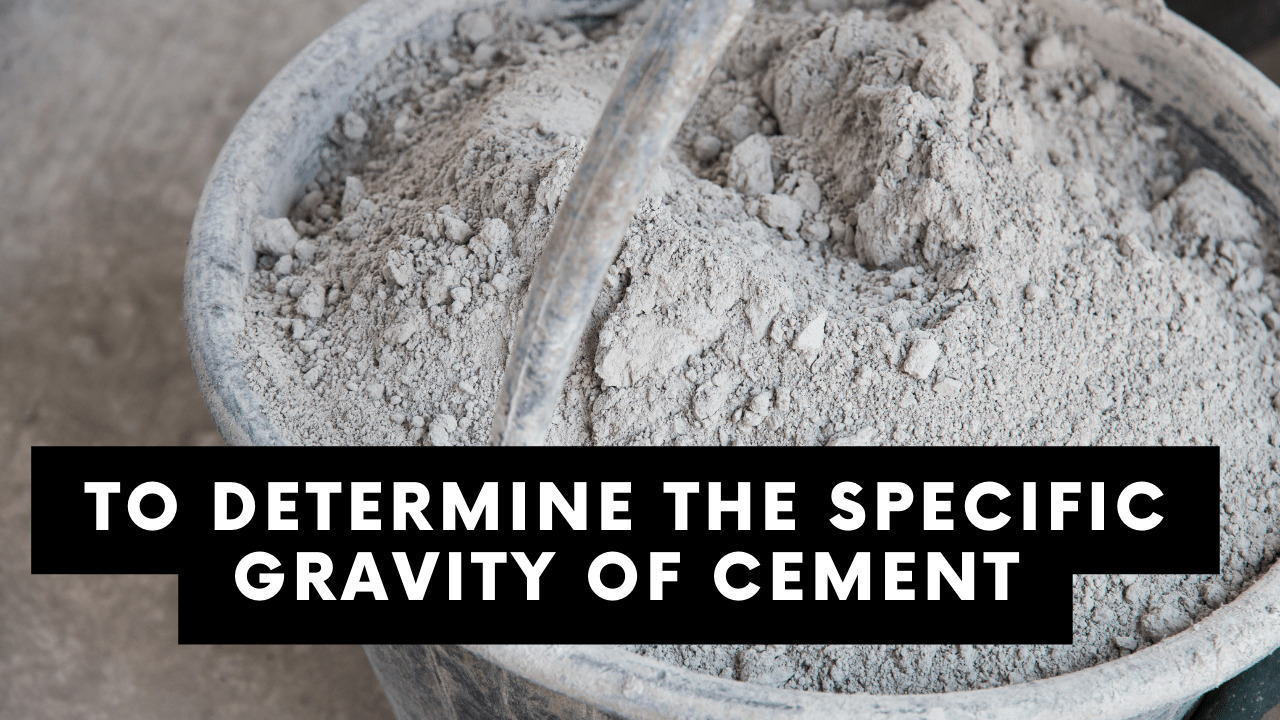Table of Contents
Introduction:
The aggregates have different properties based on the type such as fine and the coarse aggregate types. The concrete mixture comprises of a balanced volume and quantity being weighed in a specific proportion. These combined decide the strength of the sample along with its stability. These play a vital role to determine either the structure will be able to stand the respective loadings or not as the structural interlocking abilities determine the strength.
The fine aggregates have higher strength as compared to the coarse sample based on the structural shapes. These properties are however determined by adopting two different methods for both the samples separately.
Related theory:
The specific gravity determination is adopted for properties determination inclusive of the concrete designs based on cement in predicting the amount of moisture along with the yield determination. This however helps in the determination of excellence as well as its properties.
This quality is however used for the strength determination & excellence. Sample with lesser specific gravity tend to be weaker as compared to those with a high-level value. Aggregates bulk density is quality measure determination in contrast to the normal samples density. This is utilized for quantification by substance into its volume used to evaluate ratio of voids.
Specific gravity:
It is defined as the mass of aggregate equivalent to capacity of water.
Ratio of Voids:
It is defined as the proportion of voids to the solids volume of the aggregate sample.
Aggregates Porosity:
It is defined as the proportion of voids over the aggregate sample’s total volume in terms of percentage.
Bulk density:
It is defined as the sample weight ratio to the unit volume of it also termed as the unit weight.
Standards:
A standard adopted is IS 2386 PART III-1963.
Apparatus:
The apparatus employed are:
- Given sample (usually 10Kg).
- A weighing balance.
- Measuring Cans with 1liter to 5-liter capability.
- A jar for measurement (1000 ml capacity).
Procedure:
The following procedures is adopted which vary with the type of soil sample.
Sample (Coarse):
- The vacant container is weighed attributed with W1.
- The sample is taken roughly half of same container and its mass is determined later attributed by W2.
- Now fill up the bottle with water until the coarse aggregates level. This helps in plugging out the voids present ,then weighed being marked as W3.
- Vessel is emptied and then loaded with mineral water.
- The inside of vessel is contributed with water up to the marked line as standard set before termed with, W4.
- This experiment is repeated for two to three trials to have an accurate value.

Fine aggregates:
The determination of the specific gravity method is as follows:
- The measuring flask with 1000ml capacity is weighed for the determination of its empty weight denoted by W1.
- A sand sample weighing approximately 150 ml is added in the flask and its mass is determined now W2.
- The jar is now included with 100ml of mineral water. The vessel is now assessed comprising of both sand + water, W3.
- The vessel is now emptied and accumulated with mineral water to the marked level V3 , this weight is now determined denoted by W4.
For the void-ratio and porosity determination:
- The dry sample equivalent to 150 ml capacity obtained in a clean jar having a capacity of 1000 ml, V1.
- A measured100 ml sample of fresh water is now added being equivalent to 100 ml in the vessel attributed by V2.
- Jar is now shaken thoroughly in order to remove the excess amount of air bubbles through the sample.
- Changes observed on the surface layer at the present scenario are then observed for the calibration termed as V3.

Observations:
For coarse sample:
| S# | Weight | Sample-A | Sample-B |
| A. | Container’s Empty wt, W1 | ||
| B. | Container’s empty wt. + wt of material, W2 | ||
| C. | Container’s empty wt. + wt. Of water + wt. Of material, W3 | ||
| D. | Container’s empty wt. + wt. Of water, W4 |
For fine sample:
| S# | Weight | Sample-A | Sample-B |
| A. | Container’s Empty wt, W1 | ||
| B. | Container’s empty wt. + wt of material, W2 | ||
| C. | Container’s empty wt. + wt. Of water + wt. Of material, W3 | ||
| D. | Container’s empty wt. + wt. Of water, W4 |
Note: the weights are adopted as mentioned in the procedure above.
Results:
The mathematical evaluation is performed in accordance with formulas proposed.
Results are reported as :
| Type | Coarse sample | Fine sample |
| Specific-gravity | ||
| Samples Porosity | ||
| Void-ratio | ||
| Bulk-density |
Remarks:
Standard estimated values contributing towards the comparison are determined. The standard is 2.5 to 3 normally 2.68. The water absorption is 0.6 per unit of it weight. The bulk density must be between 2.4 to 2.9. These are used to make up the concluding remarks.
Precautions:
The following precautionary measure are to be adopted:
- The filling of the containers should be carried out with proper care and accuracy
- The measurement should be taken accurately.
- The instruments must be properly cleaned to avoid any discrepancy.





